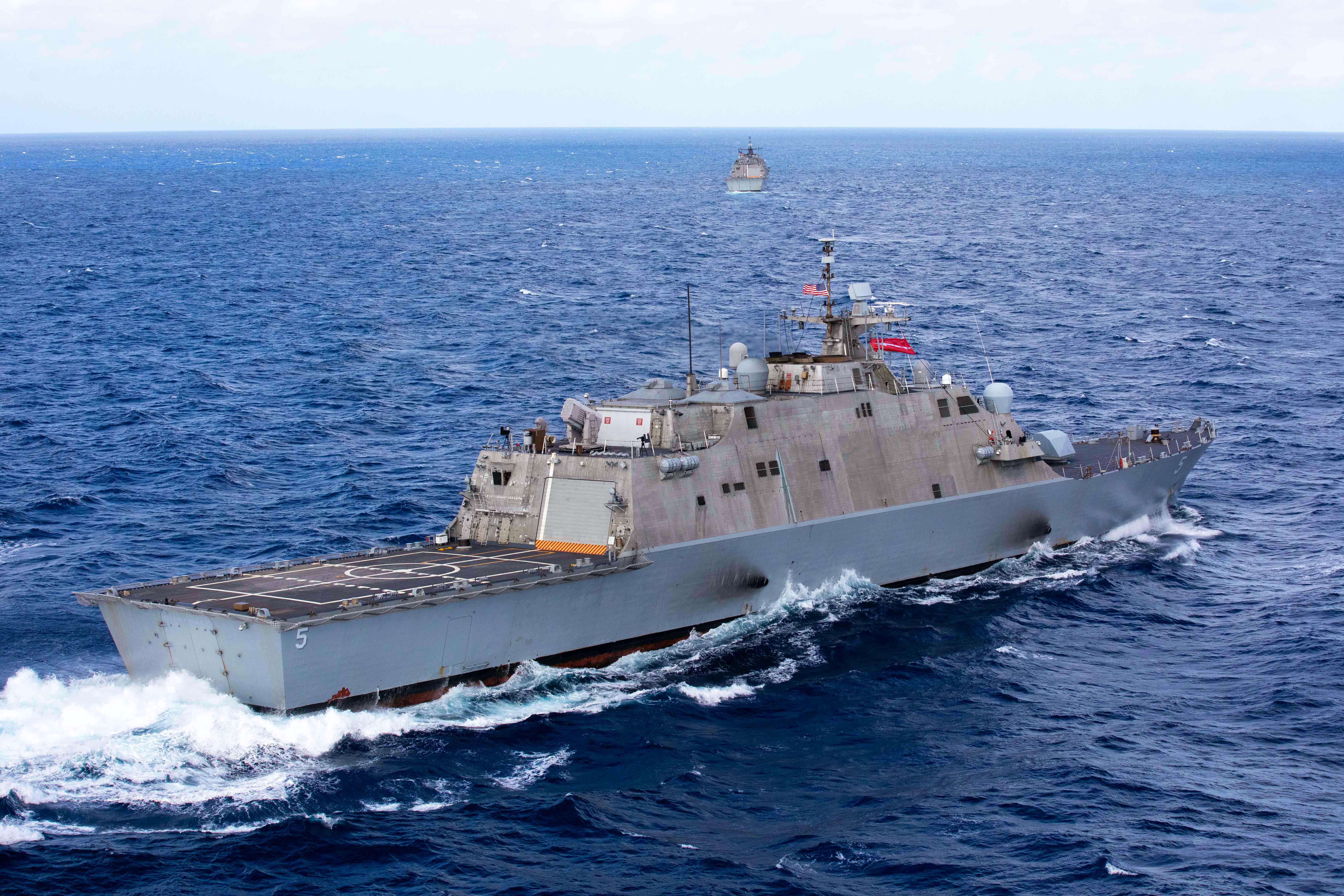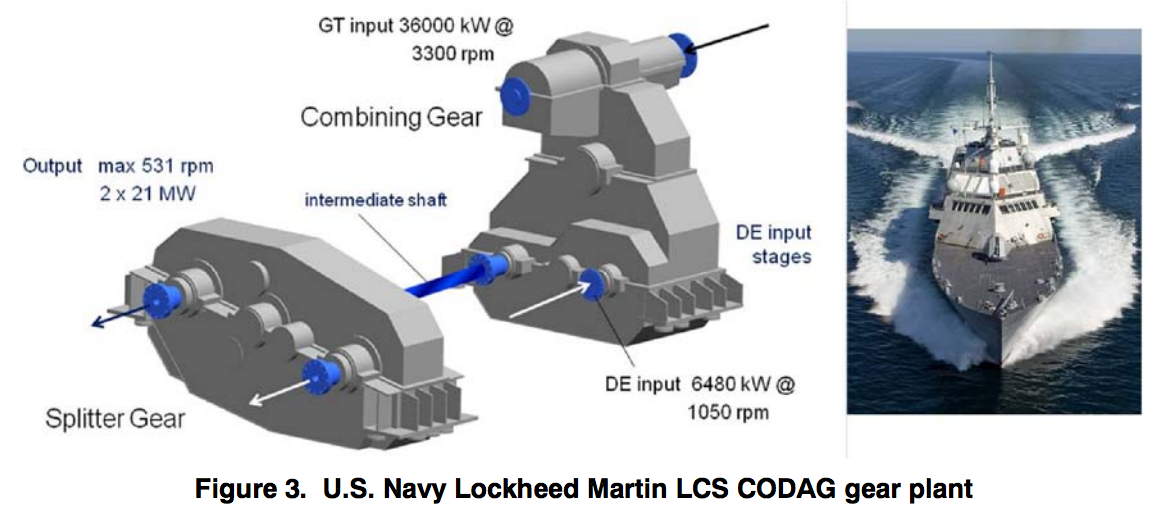
The Navy and Lockheed Martin are still negotiating the cost breakdown for a fix to the Freedom variant Littoral Combat Ship that has restricted the operations of most ships in the class, a service official said last week.
Capt. Andy Gold, the program manager for the Navy’s Littoral Combat Ship, told reporters at the annual Surface Navy Association symposium that the discussions about cost are still ongoing.
“Not a whole lot has changed since Admiral Moton held the roundtable with all of you. So we’re still in negotiations with Lockheed Martin. But it goes back to the basic requirements of the contract,” Gold said, referring to a November media call with Program Executive Office for Unmanned and Small Combatants Rear Adm. Casey Moton.
“And we are going to take everything under the contract that we have as remedy. And this has been a very serious problem and we want to make sure that we work with industry to hold to the terms of the contract,” Gold continued.
Chief of Naval Operations Adm. Mike Gilday announced in mid-November that the Navy had found and tested a fix for the combining gear, which connects to the ship’s diesel and gas turbine engines. At the same time, the Navy said it had taken delivery of the future USS Minneapolis-Saint Paul (LCS-21) after the ship’s delivery was delayed due to the combining gear issue.
Gold last week declined to estimate the cost to fix each ship. It’s unclear how the costs will break down between the shipbuilder and the Navy.

“Right now, we have contracts that provide us some remedy. And we‘re going to exercise the remedy as much as we can,” he said.
Despite not yet arriving at a deal with Lockheed over cost, Gold said the Navy is working to fix the ships.
“Even as the negotiations go on, we already have folks – we’ve already started on the good work down on LCS-19. So we’re not holding up at all,” Gold said, referring to USS St. Louis (LCS-19), which was commissioned in 2020.
Gold said the solution for the combining gear issue includes using a journal bearing instead of a ball bearing.
“The root cause analysis determined that there were issues with the ball bearings that were tied to the high-speed clutch. So what we basically found is that the ball bearings weren’t sufficient to handle the loading of what they were seeing from the main drivers,” Gold said. “So our industry partners and our technical folks on the Navy [side] determined that the best way to solve that was with a journal bearing. Journal bearings [are] well-proven in the Navy. It can handle the loads.”





